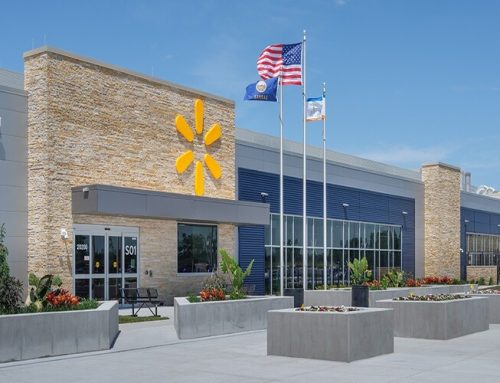by: Nate Kauffman, Sr/VP/Economist and Ty Kreitman, Ass’t Economist, Federal Reserve Bank of Kansas City
Farm lending activity at commercial banks slowed further in the third quarter alongside a drop in operating loan volumes. The number of new non-real estate farm loans was flat compared with a year ago while the average size shrank by nearly 20%.
The amount of operating loans over $1 million dropped notably and the reduction in loan size contributed to the third consecutive quarter of declines in non-real estate farm loan volumes. Lending has softened alongside nearly two years of increases in farm loan interest rates that have put considerable upward pressure on financing costs.
The farm economy moderated in recent months as profit margins thinned alongside lower commodity prices and elevated expenses. Credit needs have increased for many borrowers alongside high input costs, but strong liquidity built up in recent years has also allowed many producers to supplement additional loan advances.
Similarly, farm debt balances have grown during past quarters according to commercial bank call reports, but a sizable share of lenders have also reported subdued non-real estate loan demand in Federal Reserve District surveys. Considerably higher financing costs have likely prompted borrowers with ample liquidity to limit debt usage, but any softening in farm finances could reduce cash reserves and put upward pressure on lending demand.
Third Quarter National Survey of Terms of Lending to Farmers
A pullback in lending activity continued into the third quarter. The volume of new non-real estate farm loans at commercials banks dropped for the third consecutive quarter according to the Survey of Terms of Lending to Farmers, declining by an average of 10% over the past year (Chart 1). The decrease was largely attributed to operating loans, while loans for feeder livestock increased notably from a year ago alongside substantially higher cattle prices.
To read the entire report click here.



